Xiaomi Mi 11X
Xiaomi is Indian’s number one smartphone makers for a few years now and that’s largely due to the fact that it has dominated the market with its budget smartphone in the Redmi Note series as well as number series. But, now in 2021, the company aims to capture the market beyond the budget segment. Firstly, it launched the Mi 10i at the start of the year which was priced over Rs 20,000 and now the company has introduced the Mi 11X series in India consisting of two new phones - the Mi11X and the Mi 11X Pro.
The former one is the cheapest flagship phone from the brand and it is set to take on rivals like the Realme X7 Pro, Google Pixel 4A, and iQoo 7. The Xiaomi Mi 11X is basically the Redmi K40 which was launched in China first and the same device is also available globally with Poco F3 branding.
The Xiaomi Mi 11X is the company’s budget flagship phone with powerful hardware such as the Samsung E4 AMOLED display, Qualcomm Snapdragon 870 processor, LPDDR5 RAM, and UFS 3.1 storage. For the starting price of Rs 29,999, the Mi 11X tries to tick every box that you’d expect from a budget flagship phone in 2021.
Here is our initial impression of the Xiaomi Mi 11X.
Xiaomi Mi 11X price and availability
The Xiaomi Mi 11X is priced at Rs 29,999 for the base variant with 6GB of RAM and 128GB of internal storage. The 8GB +128GB variant is priced at Rs 31,999. In terms of colour options, you get Celestial Silver, Lunar White and Cosmic Black.
The first sale is scheduled for April 27 on Amazon. During the initial sale, you can avail of Rs 3,500 cashback with HDFC bank debit, credit, and EMI transactions.
Design
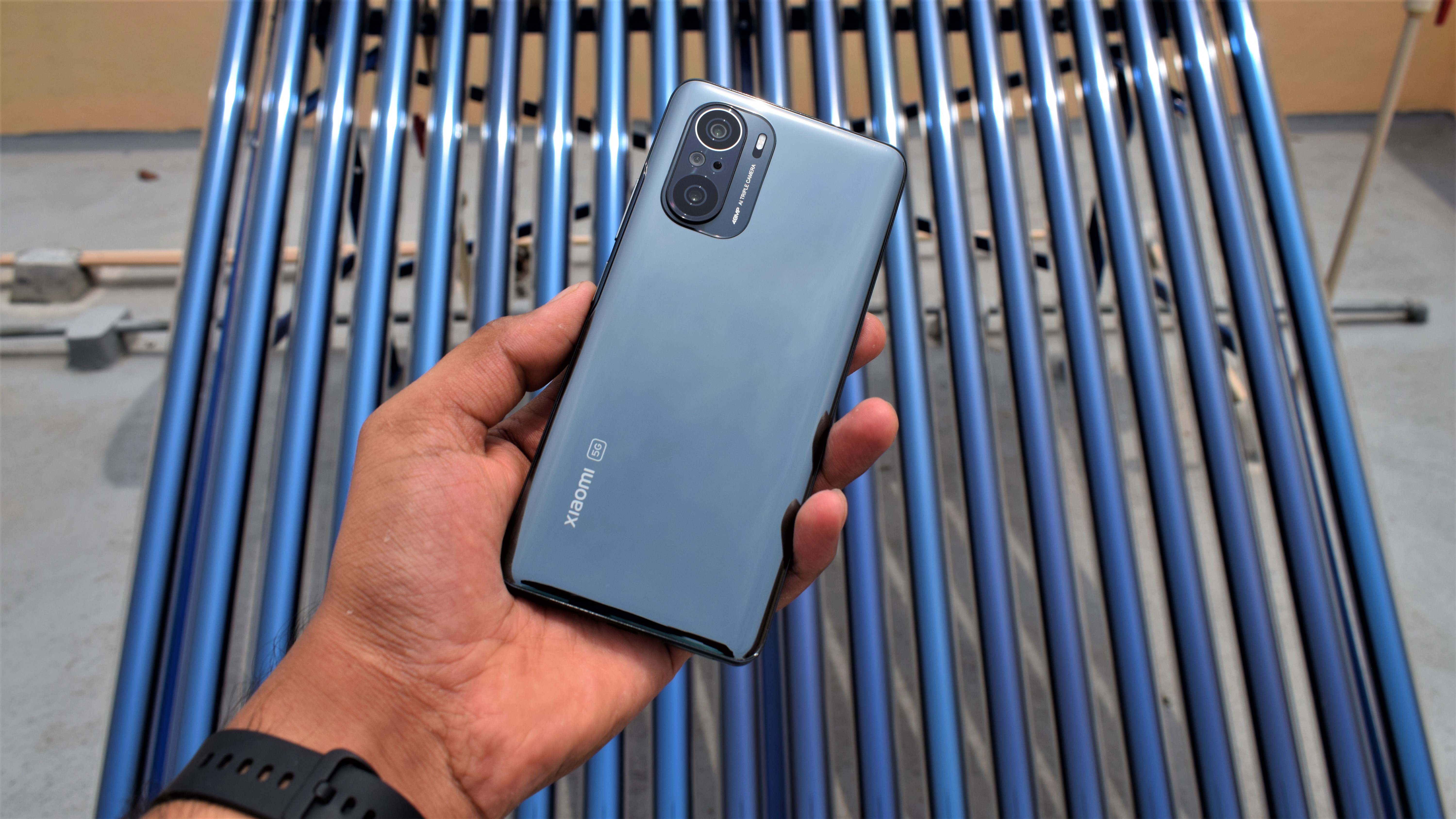
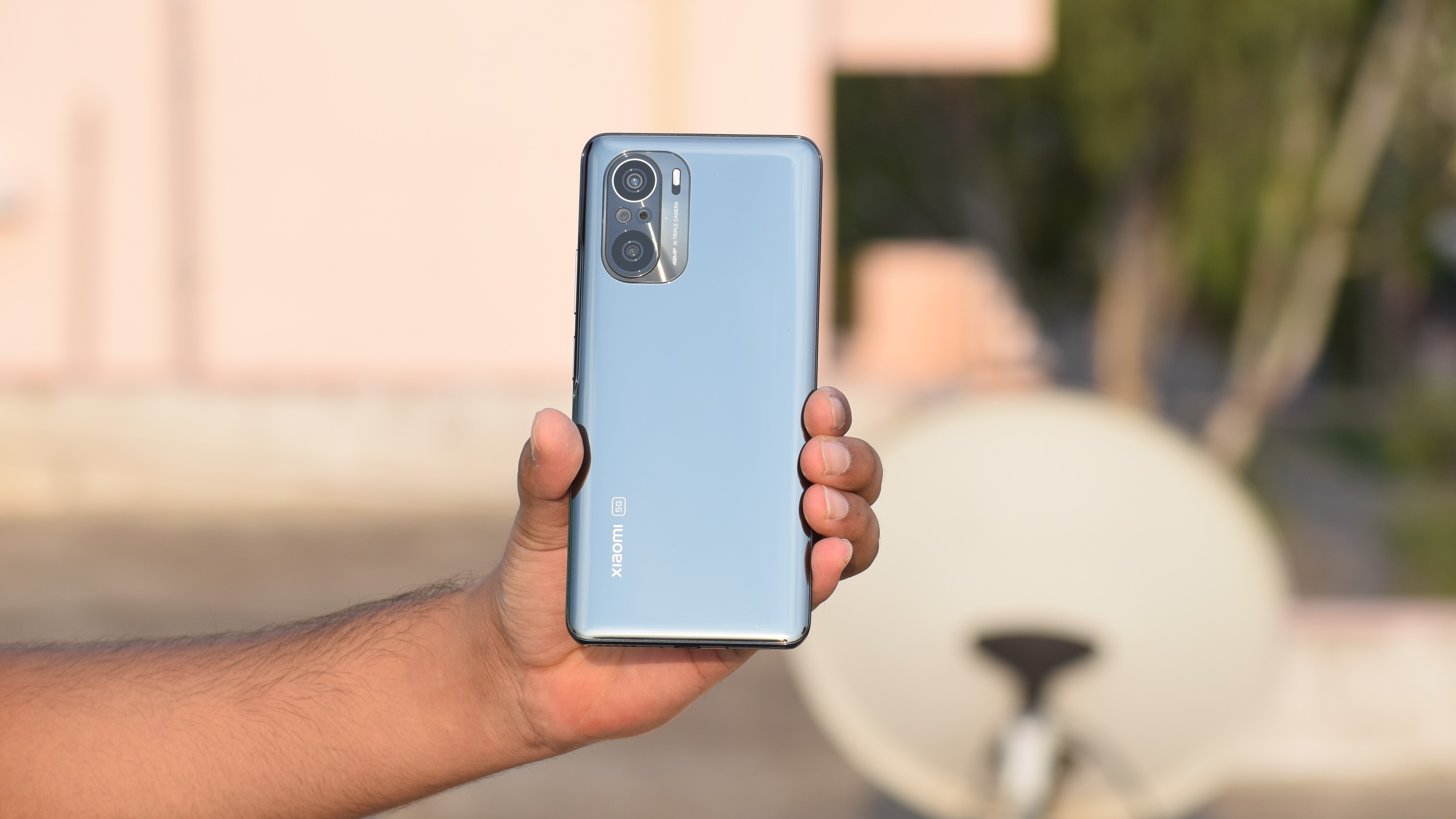
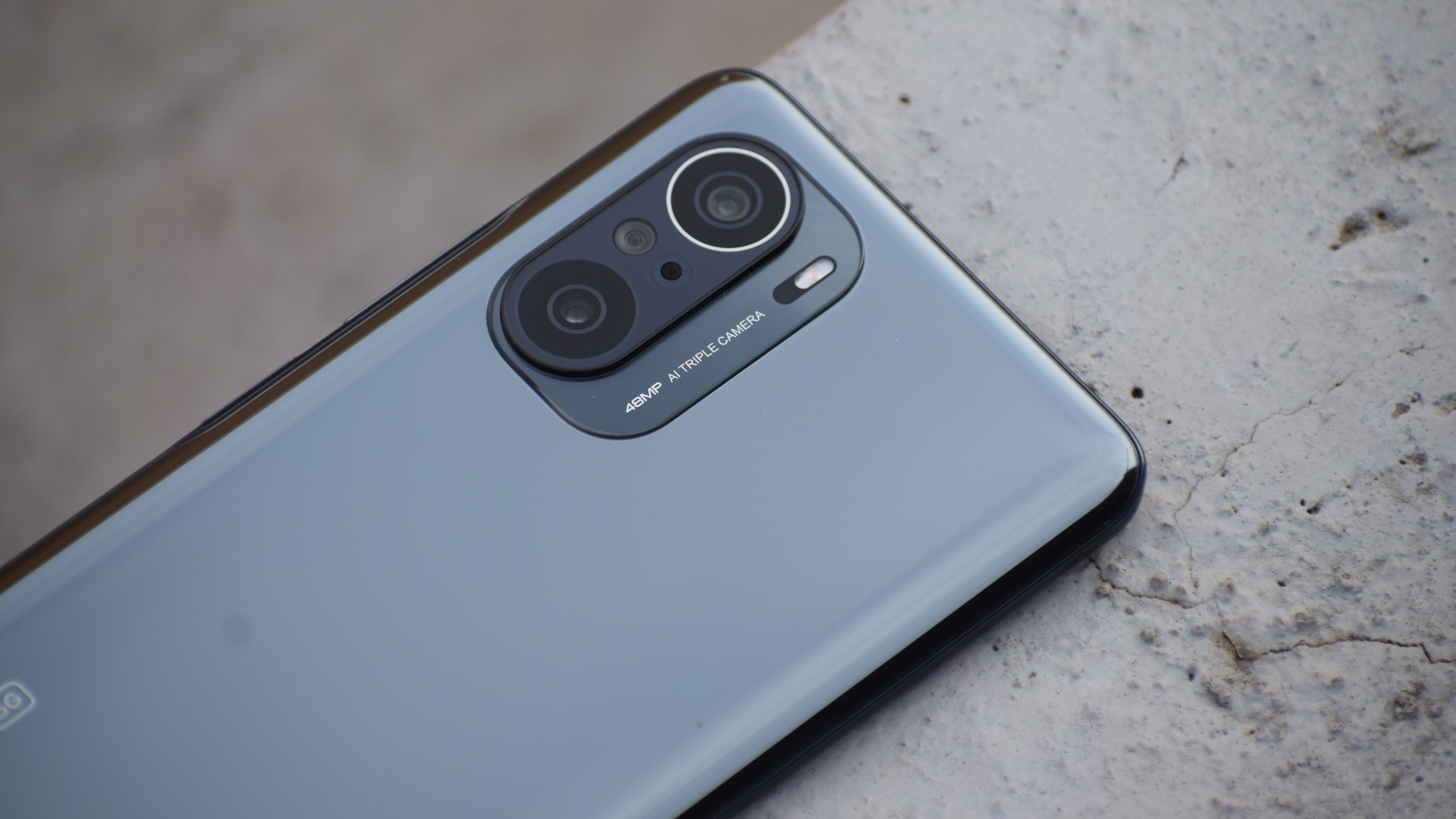
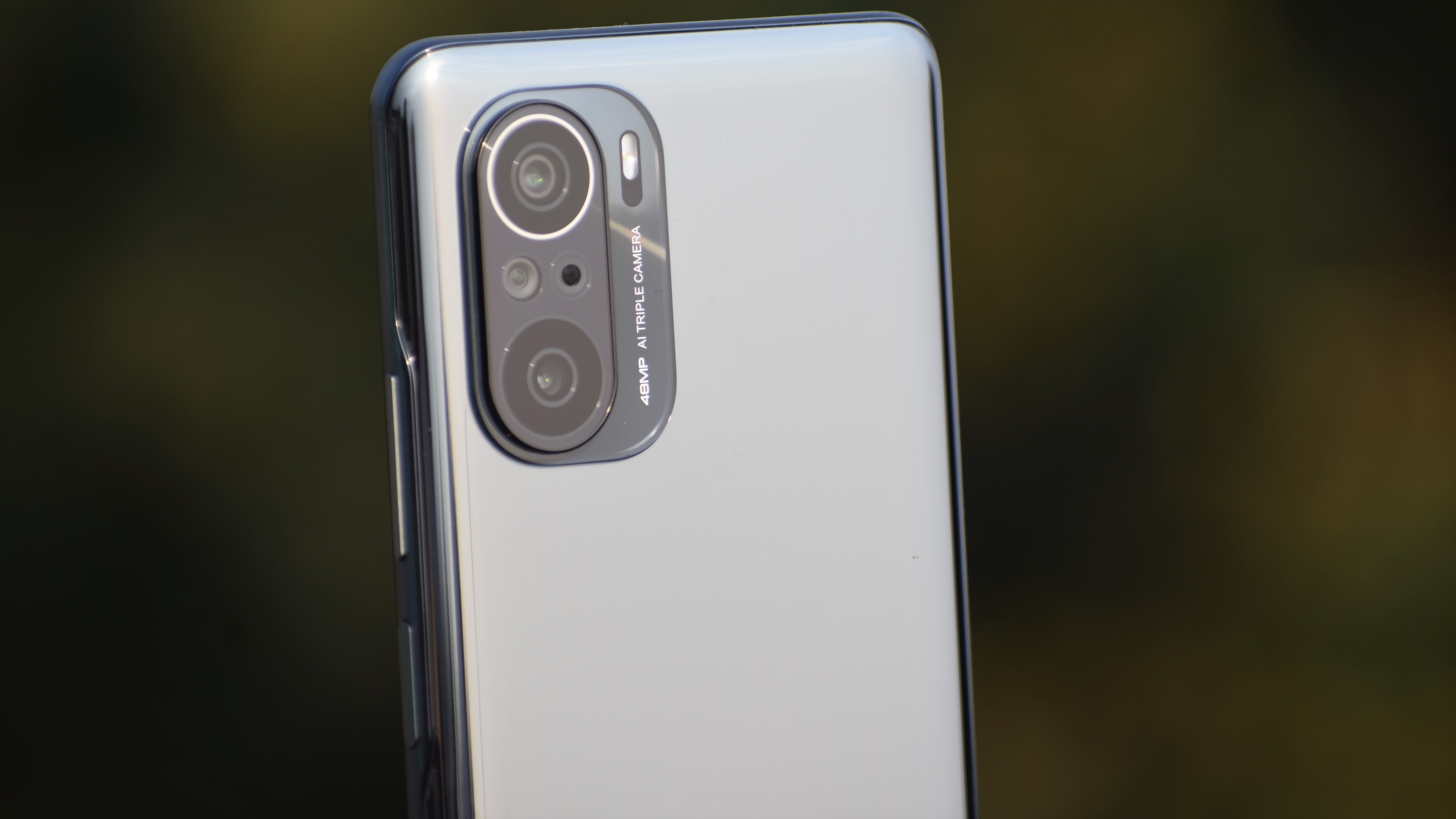
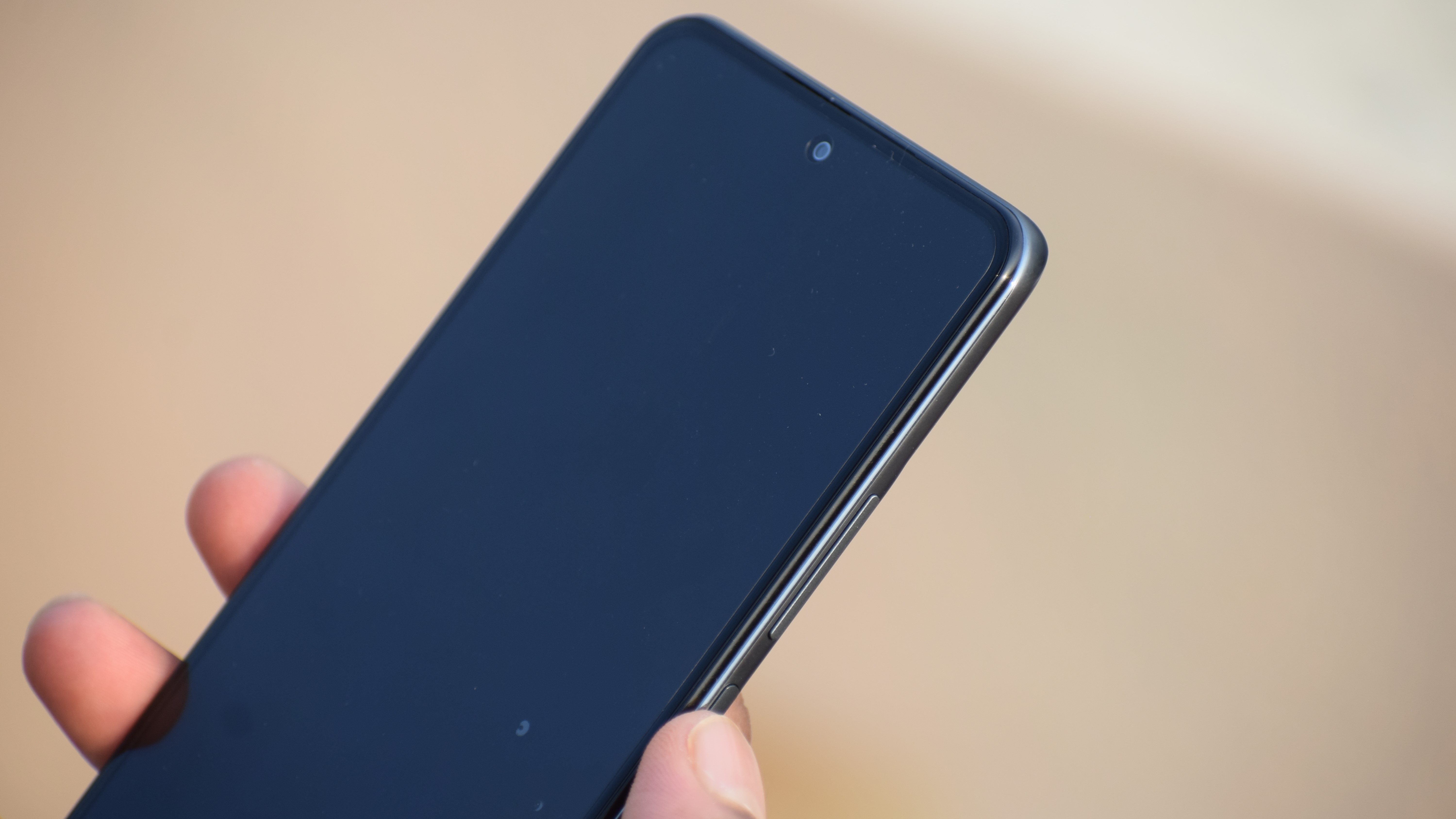
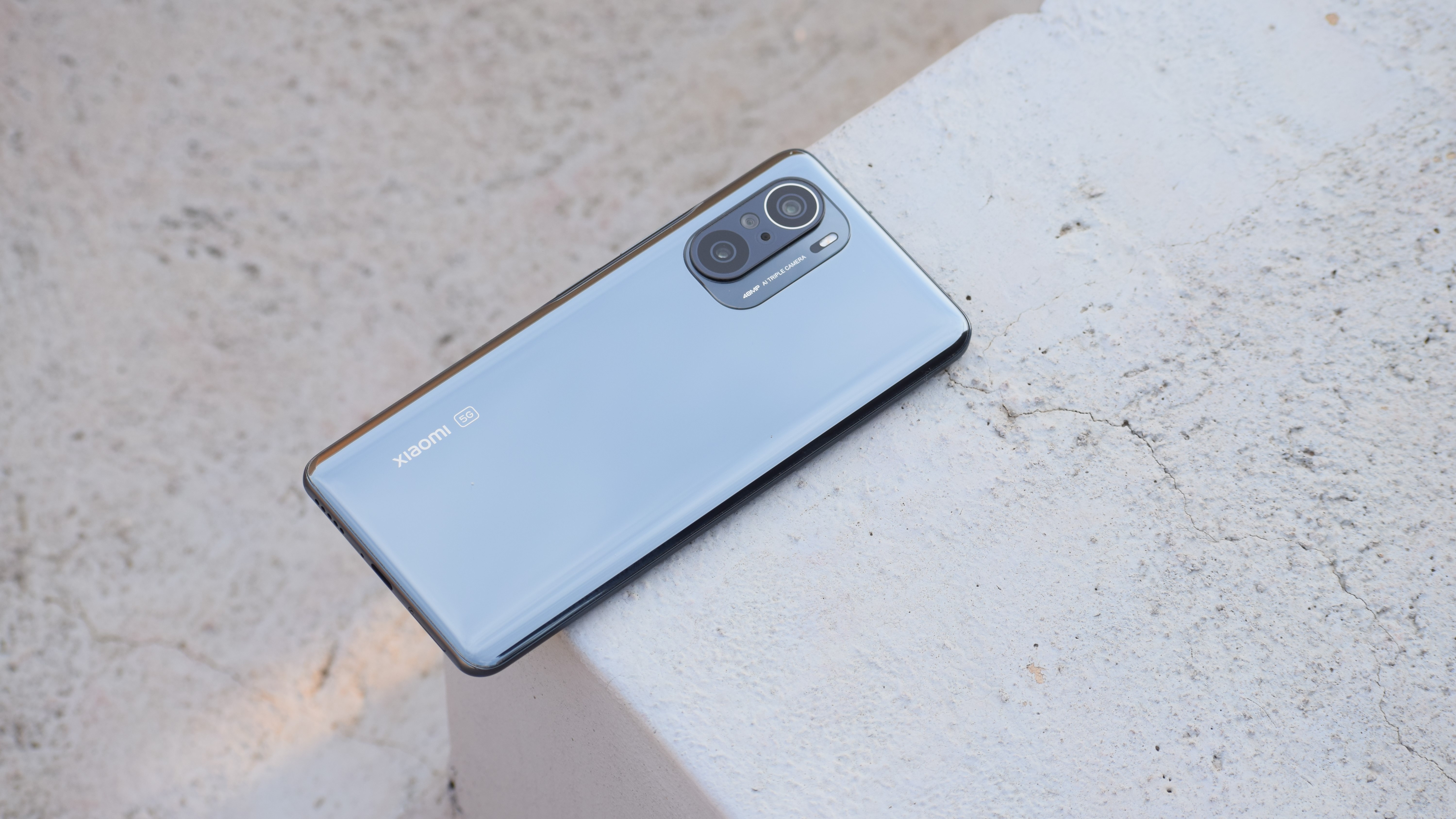
The Xiaomi Mi 11X looks quite stunning in the first look. The device is straight on 2021-ish when it comes to the design of a 2021 flagship phone, be it the tiny bezels, small punch-hole camera cutout, a frosted glass design, and stand out rear camera design. The Mi 11X is available in Celestial Silver, Lunar White and Cosmic Black colourways. We are using the Cosmic Black colour option for the review and here is what we think.
The Black variant looks beautiful on the first look but it takes a lot of effort to keep it away from fingerprints and smudges. The back of the phone is glossy and looks almost like a mirror. The frosted glass on the back is plain and doesn't have any pattern or texture. During my one week of usage, I had to clean the phone’s back multiple times to keep it clean .taking pictures was very hard as well.
Personally, I think the Celestial Silver and Lunar White colour variants are better off when compared to the Cosmic Black unless you really want a black phone. The Celestial Silver is a pretty cool colour that seems to change the colour with each angle and as it gets light from different angles.
The Mi 11X is reasonably light at 196 grams and quite thin at just 7.8mm profile, making it easy to handle in the pocket as well as hand. The weight distribution and in-hand feel are quite good here. To the right, you get a power button that also doubles up as a fingerprint reader, unlike the other fingerprint scanners we’ve seen in the past, the one here is slightly coming out of the body like the volume button. The volume rocker is placed on top of the power button. On the top, you get the speaker grille, earpiece, and an IR blaster. On the bottom, you get a SIM tray, Type-C port, and loudspeaker.
The phone’s front is dominated by the display and a small punch-hole selfie camera is placed on the top centre along with a ring around the selfie shooter. The device is protected by Corning Gorilla Glass 5 on the front as well as on the back. IP53 dust and water resistance also make the cut
Overall, we did like the design of the phone but the back of the phone is too glossy as well as attracts fingerprints and smudges easily, which makes it look much less attractive than it was out of the box. The company is also offering a free transparent case in the box and there is a pre-applied screen protector on the front.
Display
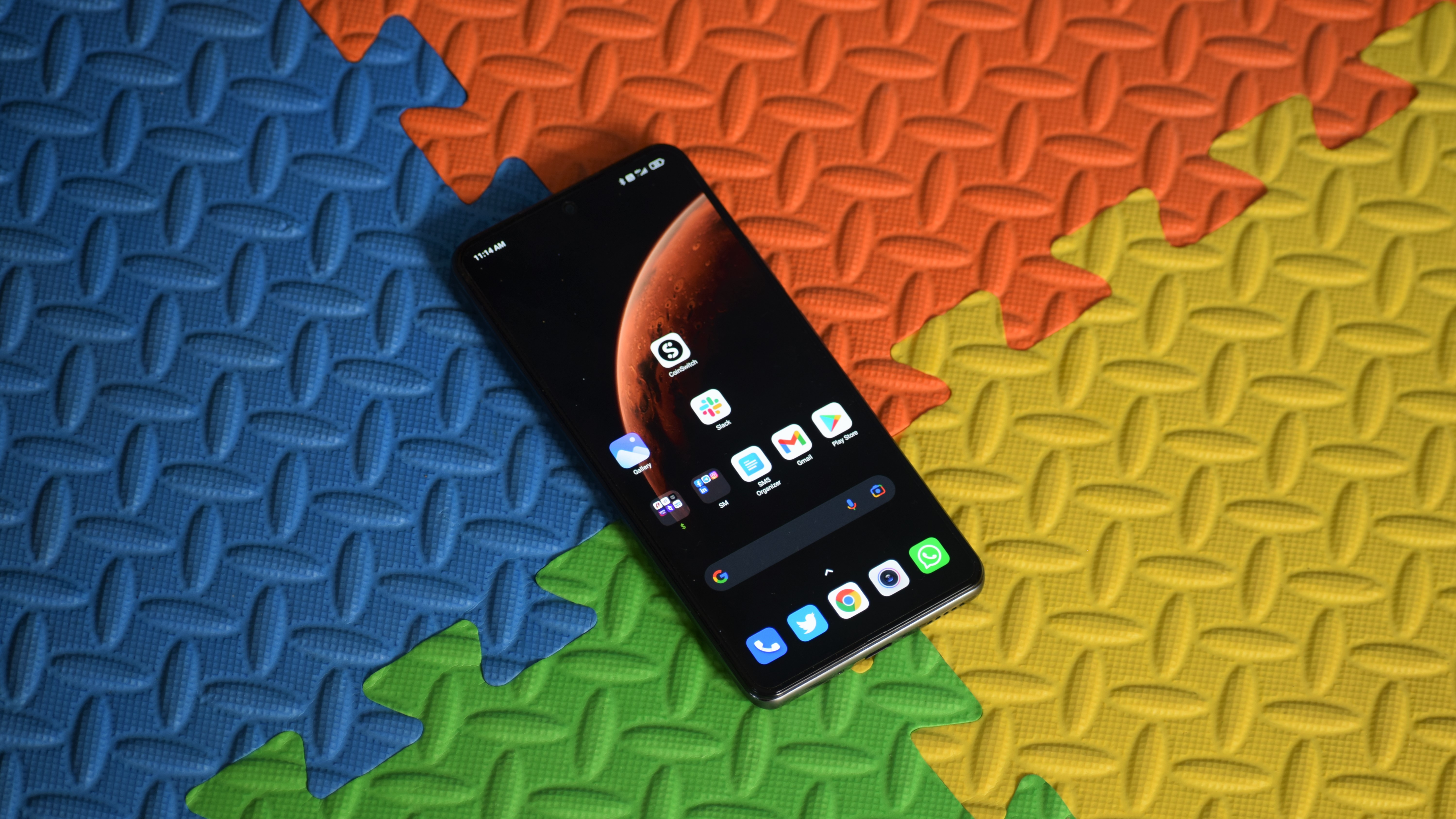
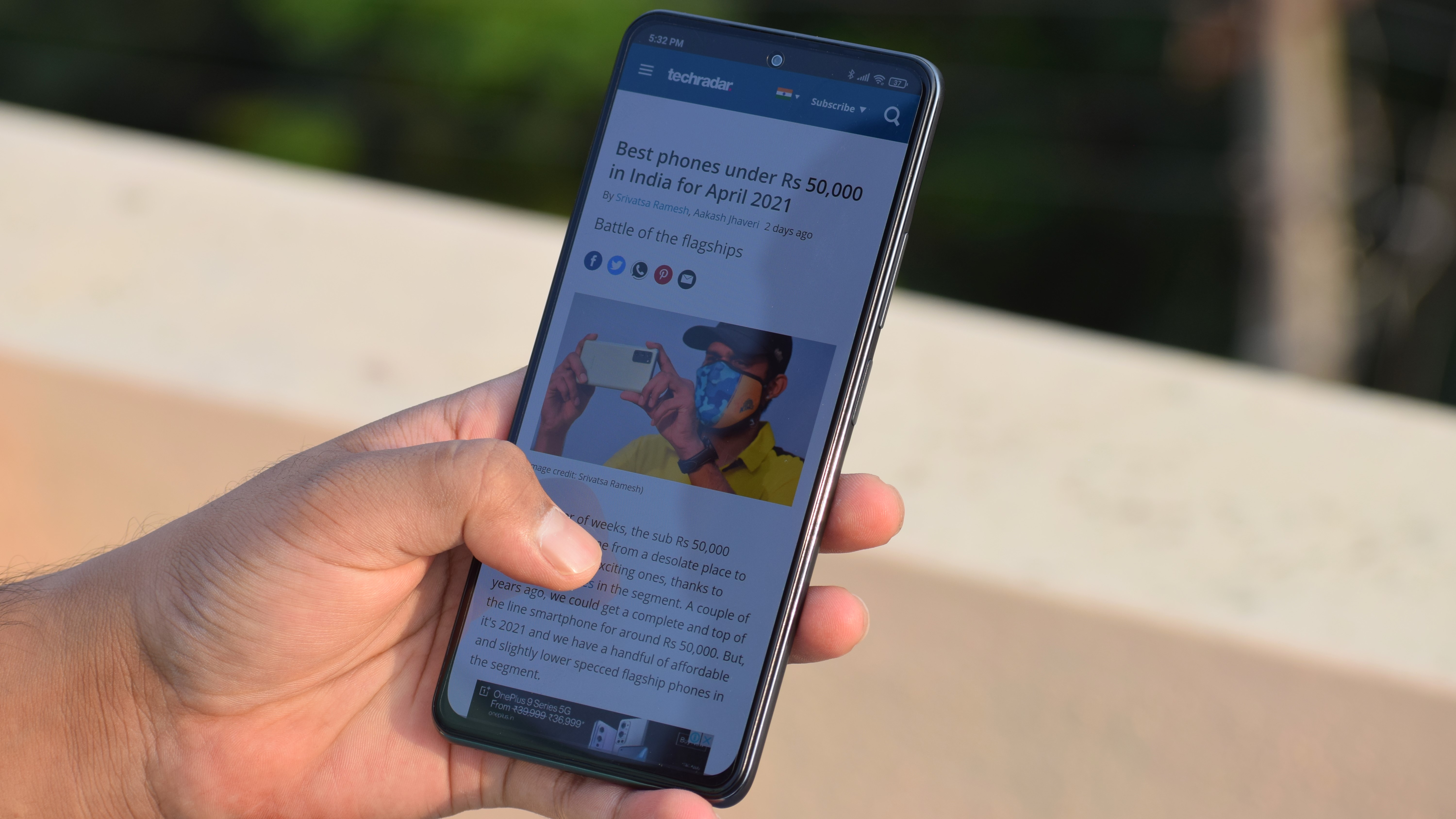
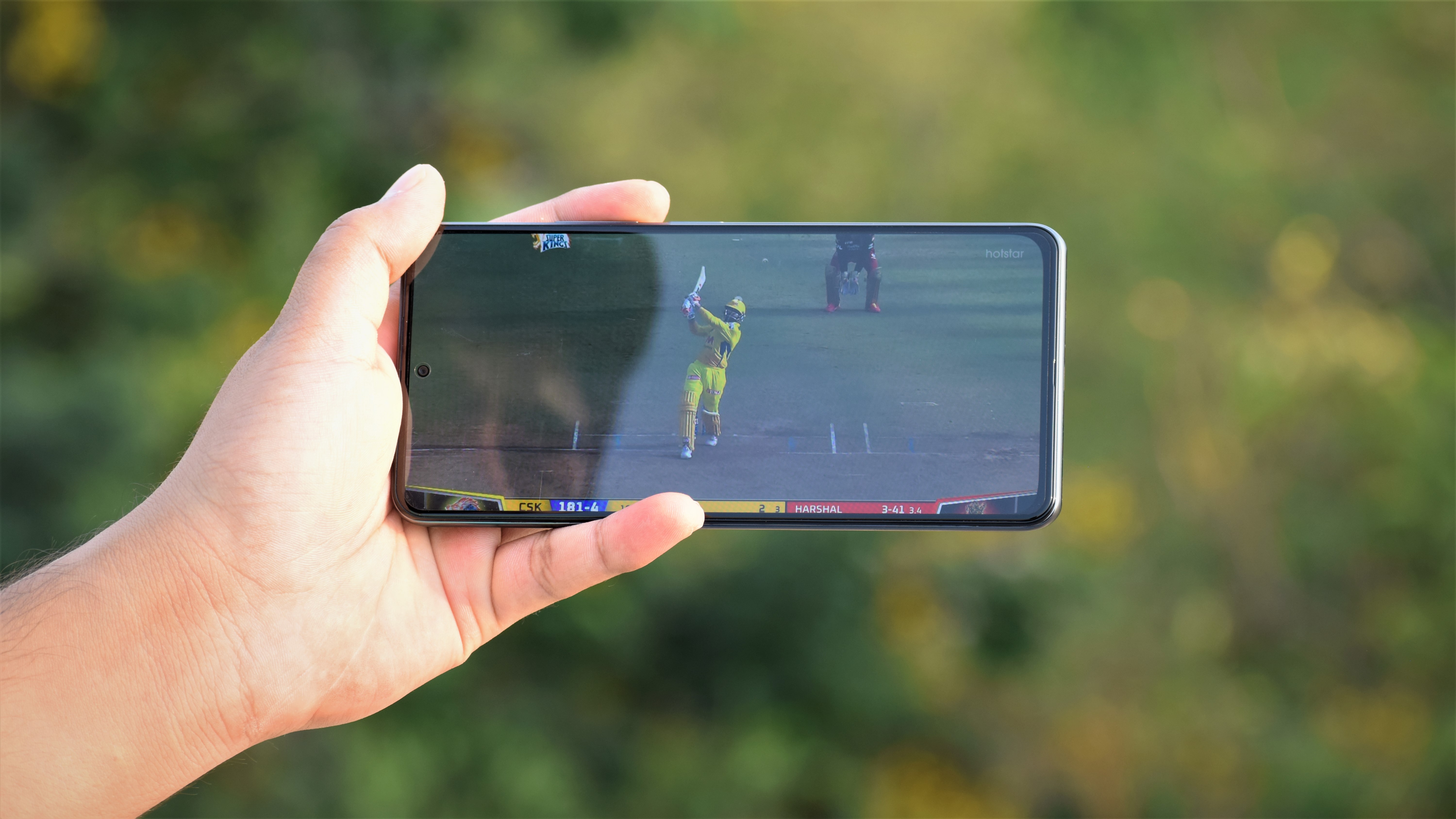
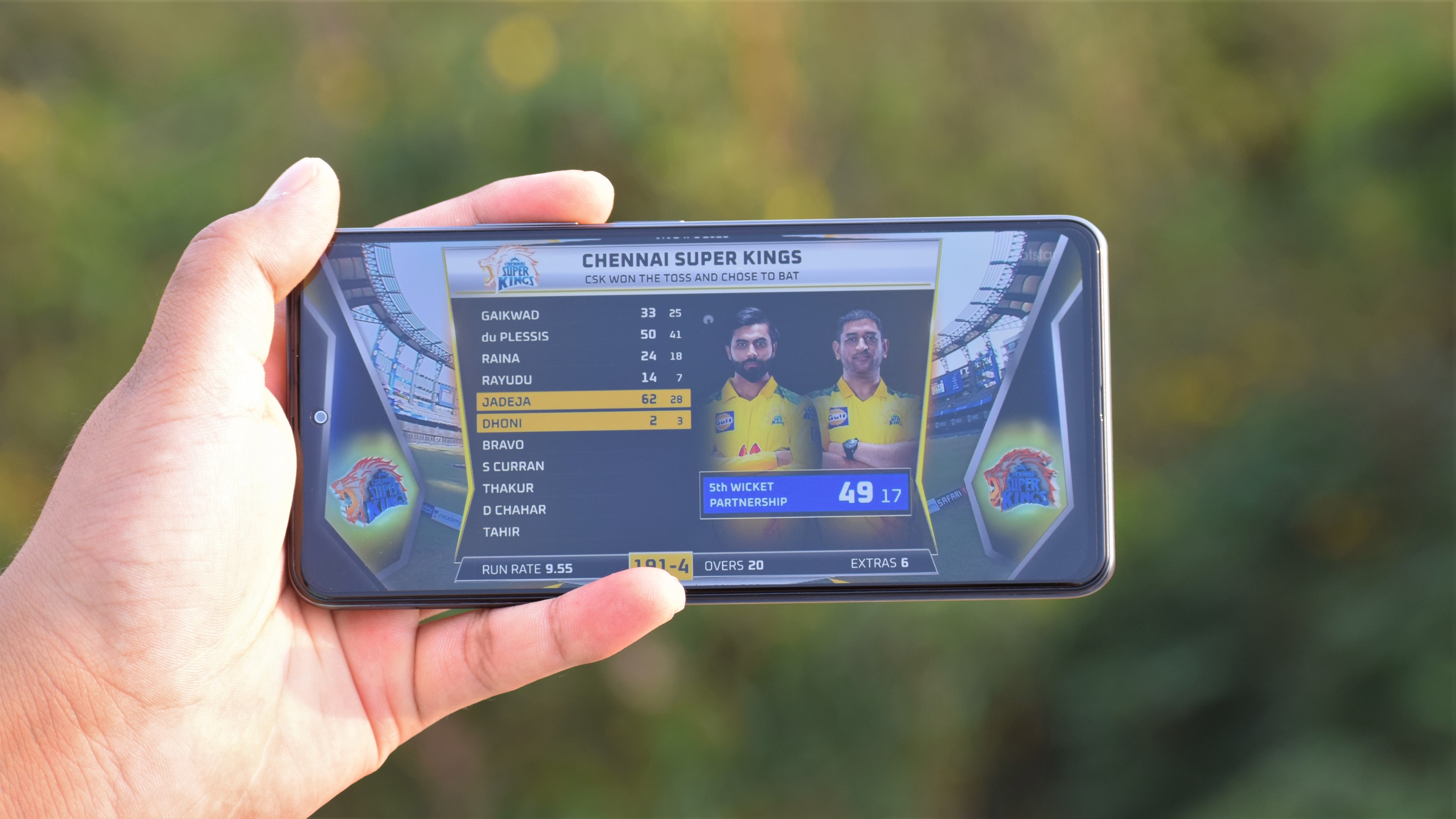
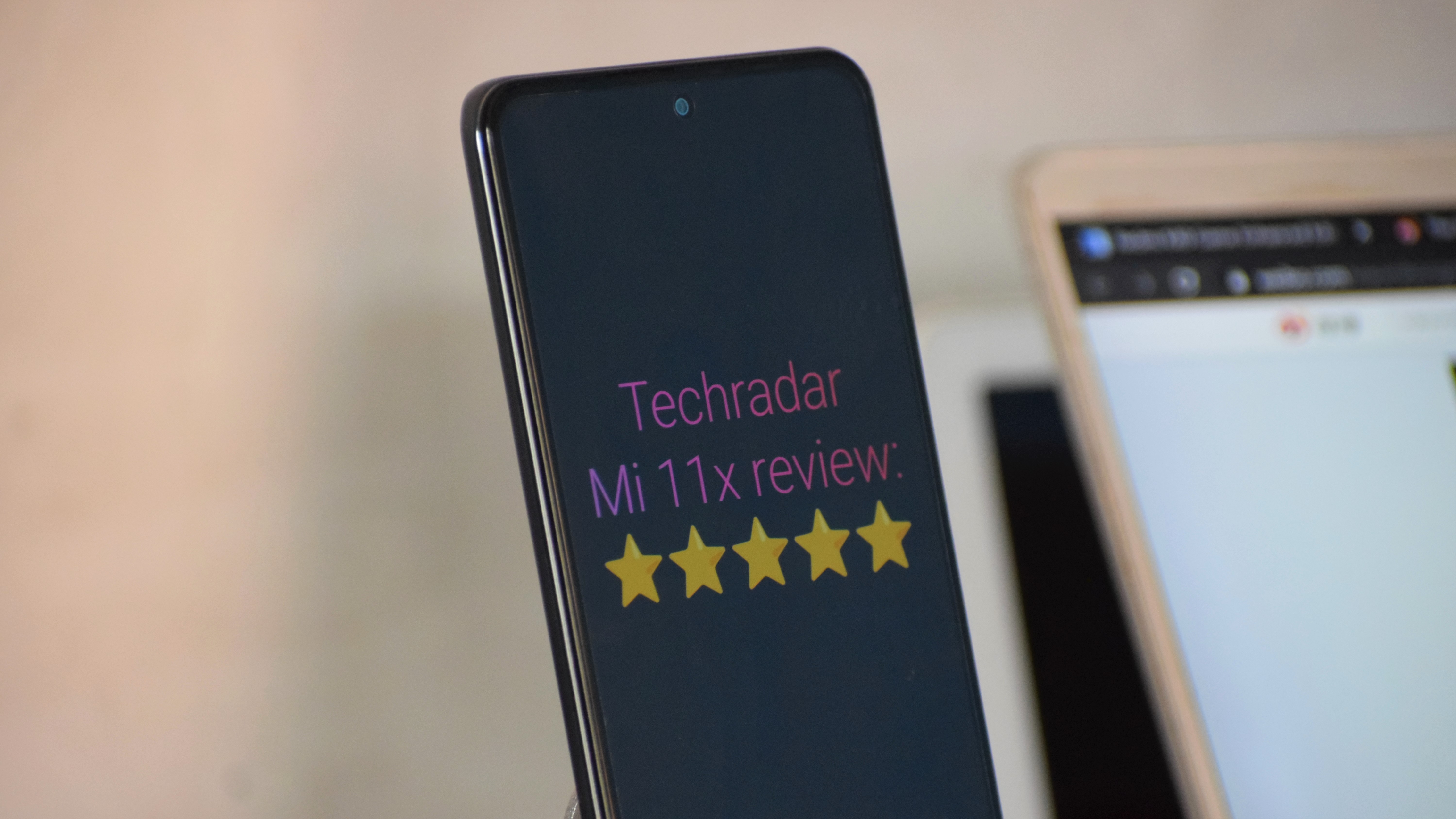
The Xiaomi Mi 11X comes with a gorgeous display and is certainly one of the star features of the device. With Mi 11X you are getting Samsung’s E4 AMOLED panel and on top of that, you also get a 120Hz screen refresh rate, 360Hz touch sampling rate, and 1,300 units of peak brightness. You are looking at a 6.67-inch display with Full HD+ resolution and Widevine L1 certified along with support for HDR content. This is also the cheapest E4 AMOLED panel right now in India.
The Mi 11X’s panel is one of the best flat displays we’ve come across, it is vibrant, colourful, punchy and has the right balance to it. Moreover, you have the option to calibrate the display under settings. The default calibration is slightly oversaturated which most people actually prefer. The blacks are deep and the display is amazing to watch a movie or a show thanks to the dual stereo speaker setup as well.
The readability on the indoor and outdoor conditions are both great; we had no issues with it at all. However we did face one weird issue while we were outdoors, with brightness set to 100% with auto-brightness turned off, the phone couldn't keep up the brightness level longer than 10-15 seconds. This usually happens outdoors and when the phone starts heating, more on that in a minute.
The brightness control seems very aggressive here and hope an upcoming OTA update should be able to fix this issue. Apart from that, the device also misses out on adaptive refresh rate which means you are getting 120Hz or 60Hz and nothing in between. Most of the time the refresh rate is at 120Hz which also includes games. But, YouTube app UI, as well as videos, run at 60Hz.
We are quite impressed with the E4 AMOLED panel on the Mi 11X barring a couple of issues that we think can be fixed with an update. The display on the phone is one of the best in the sub Rs 30,000 segment.
Performance
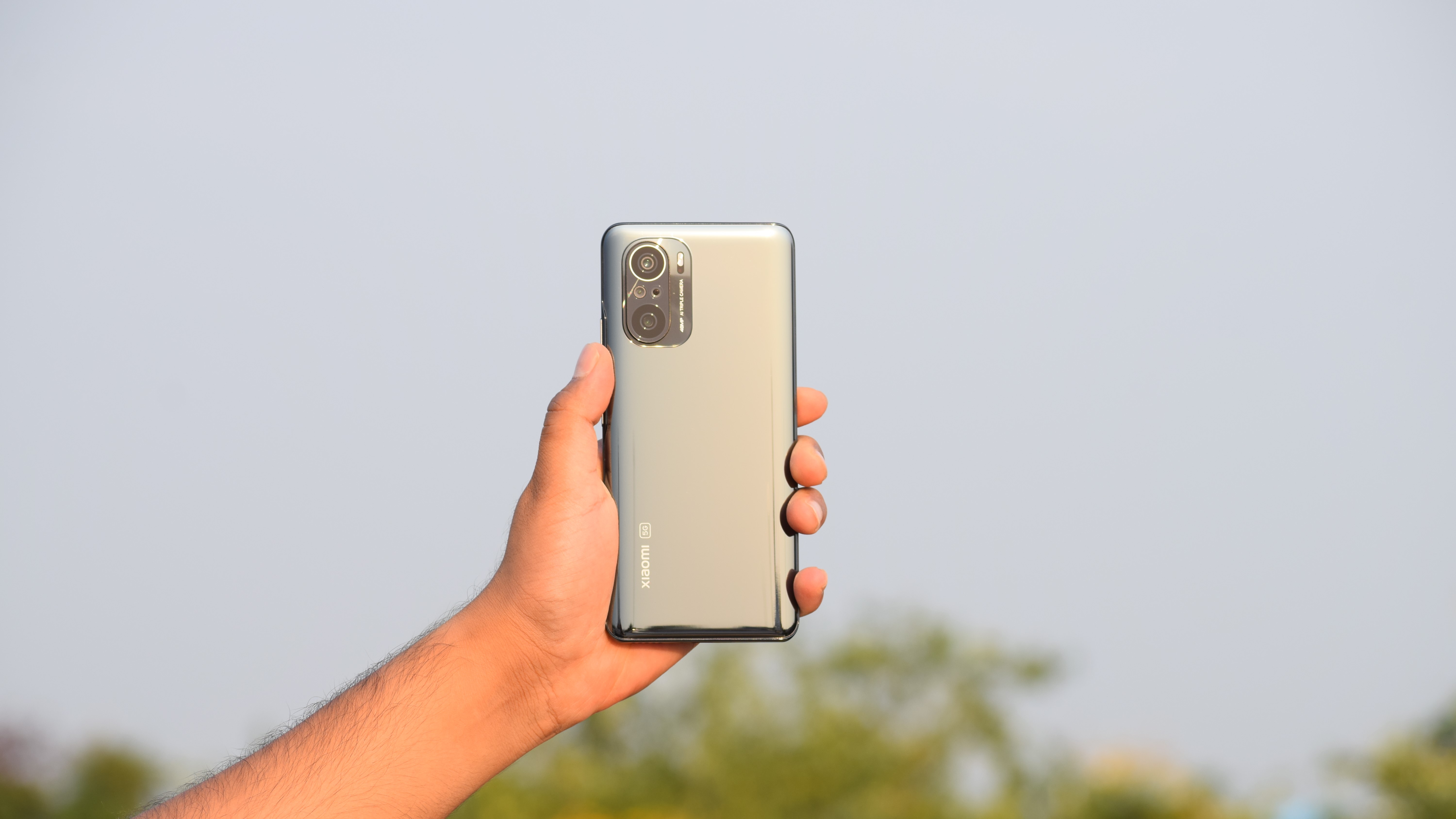
Another feature that makes the phone stand out from the crowd, the Mi 11X is the cheapest phone with Snapdragon 870 processor - it even undercuts the iQoo 7. It is an octa-core processor with a clock speed of up to 3.2GHz. It is based on a 7nm process and comes with X55 5G modem. Graphics and gaming content are handled by Adreno 650 GPU. It is a 5G enabled chipset with support for n77/n78 bands.
The device is available in two configurations 6/8GB of LPDDR5 RAM paired with 128GB of UFS 3.1 storage. There is no microSD card slot to expand the storage, so you will have to deal with 128GB internal storage no matter which configuration you choose.
As you’d expect, the Snapdragon 870 is quite a capable hardware and it performs really well no matter what task you throw at it, which may include apps, games, or be it camera apps like snapchat, camera, and Instagram. While it does shine at performance, the phone also heats up quickly with regular use and gets hot while gaming for 10 to 15 minutes and it becomes quite hot especially around the top half and we had to quit the game just because the heat was unbearable. Apart from that, the phone is also on the warmer side most of the time given the summer season. And, we think this is also one of the reasons why the brightness level also acts up often.
The heating issue here is real and if you are a gamer, you might want to wait for a few days so that the company can fix the issue with an update. Apart from that, the Mi 11X is a champion when it comes to performance.
Cameras
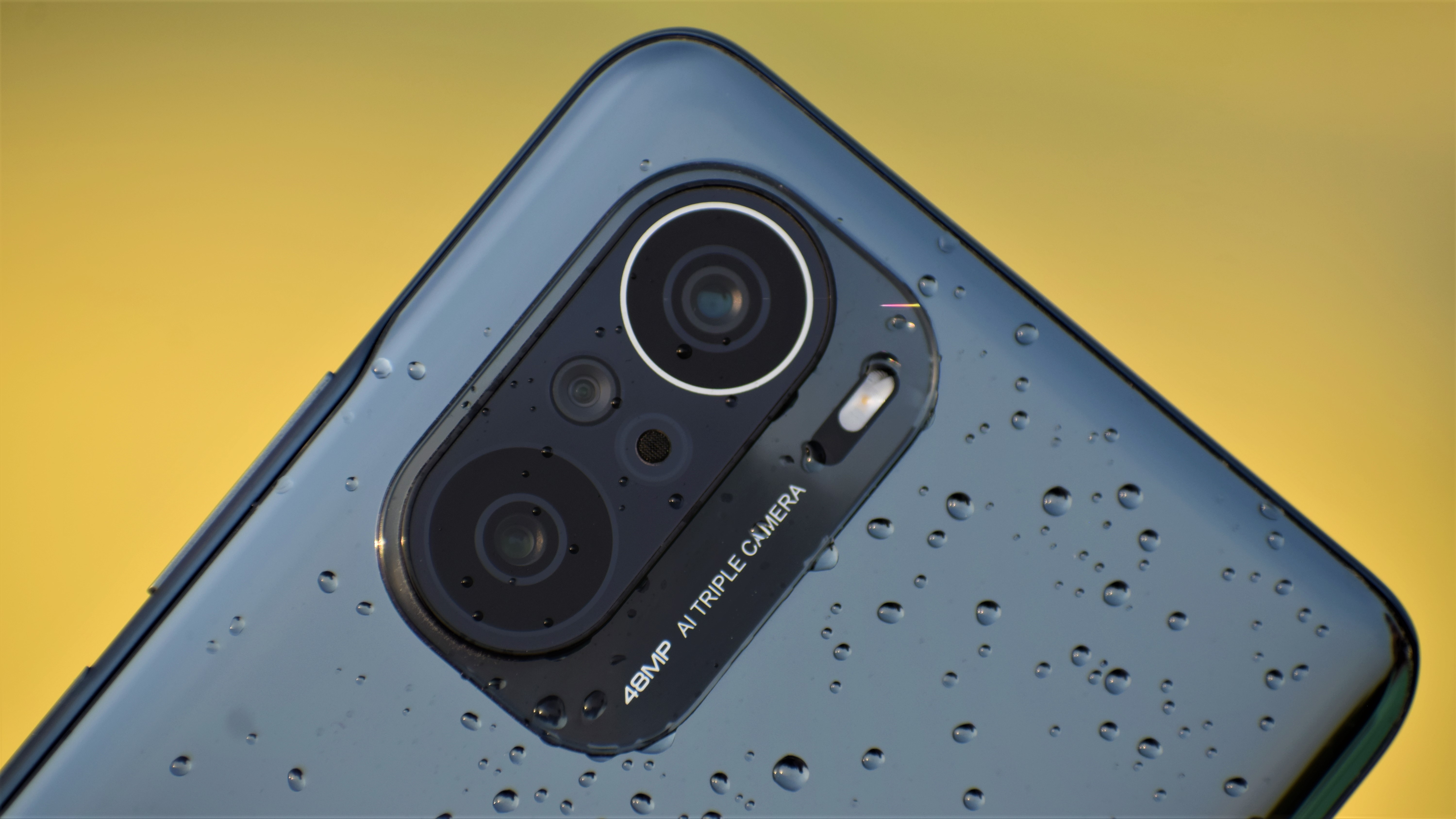
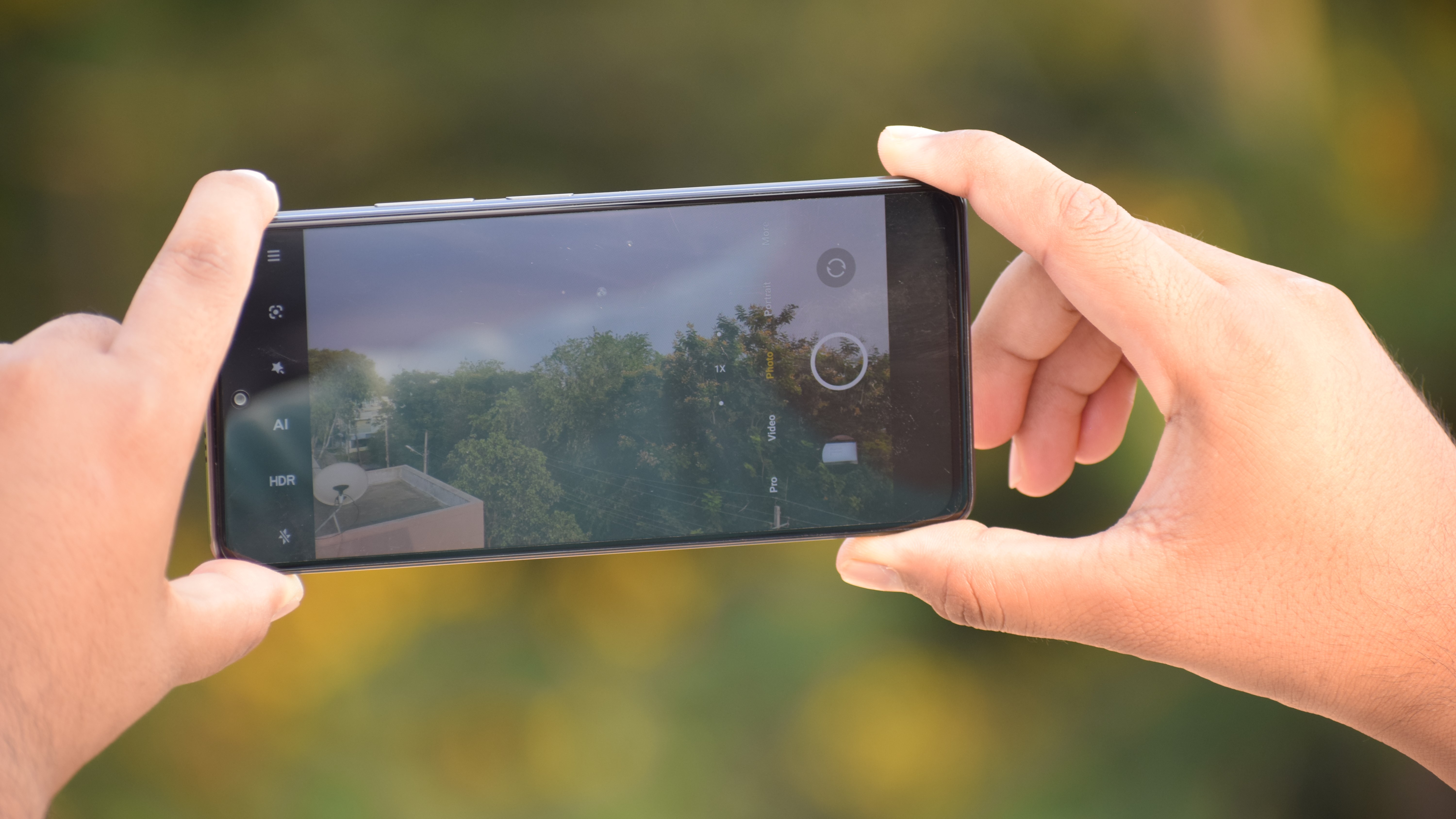
The Xiaomi Mi 11X packs in a triple camera setup with a 48MP (Sony IMX582) main camera, an 8MP ultra-wide lens and a 5MP macro shooter with a 50mm focal length. Selfies are handled by a 20MP punch-hole camera. During our initial testing, we were able to capture some good images with the primary camera while the macro camera impressed us the most. Also, you can’t record 4K videos at 60fps on the camera as it is the limitation of the Sony sensor.
We will hold our final thoughts and verdict of the camera performance for our final review. But, for what it's worth in our initial impression, we did find the camera to be above average.
Software
Out of the box, the device runs on MIUI 12 based on Android 11. The MIUI 12.5 should be arriving a couple of months from now, but we don't have an exact timeline for the same. In terms of design, the MIUI is still the same with a tonne of customization options as well as a few bloatware. Unlike other Android skins, the MIUI offers a selection between two notification panel - the traditional one with notification toggle + notification section or the new Control centre.
The phone does come with some pre-installed apps while some of them can be uninstalled, certain apps can’t be uninstalled or disabled. The most annoying out of the lot is the GetApps which is a play store alternative that keeps pushing notifications regularly. It is also worth mentioning that we did not see any ads during our usage.
You get a bunch of privacy and security related features on the phone along with Always on Display, which time stays on all the time, and there are a lot more features on the MIUI 12 which we will explore and have a final verdict in our full review.
Battery
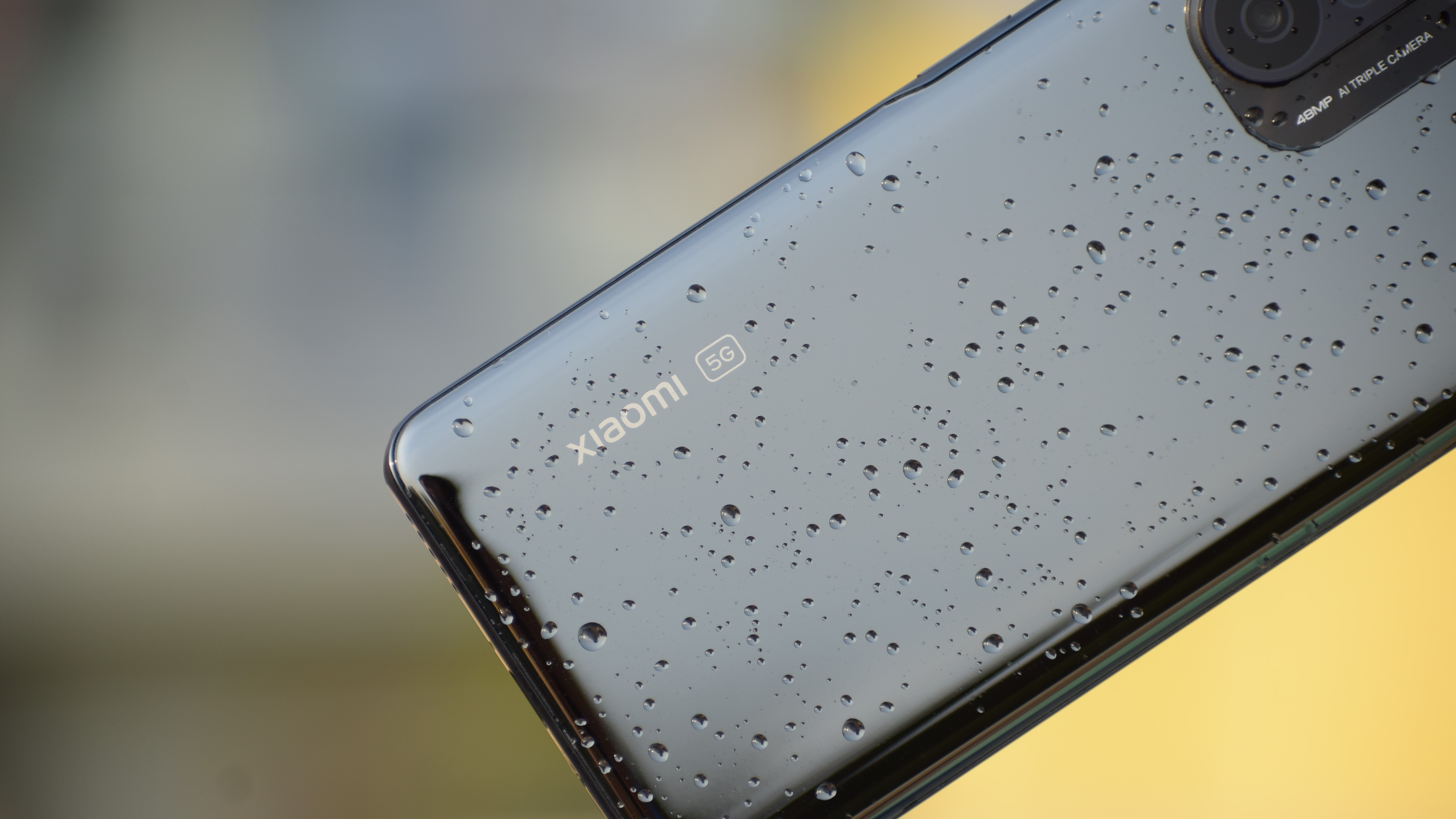
The Xiaomi Mi 11X’s power is delivered by a 4,520mAh battery unit with support for 33W fast charging. Xiaomi claims the phone can reach 50% in 19 minutes and a full charge takes about 51 minutes. However, after a week of usage and testing, we got a full charge in 63 minutes on average, which is not exactly what the company claims, but still acceptable.
In terms of battery life, we got around 6 hours of screen on time during the first couple of charge cycles and later on, the time dipped to 5 hours and 30 minutes, which is quite average. We will be testing the device for a few more days and will update with the latest stats in our full review. The overnight battery drain is also an issue here as we did lose out whopping 23% (68% to 44%).
But, in each cycle, we did manage to get through the day’s use and we have to plug only at the time of dinner. If anything, we’d like to see Xiaomi offer faster-charging speeds - for now even the Rs 12,000 Redmi Note 10 offers the same and the competition of Mi 11X offers up to 65W fast charging.
Early verdict
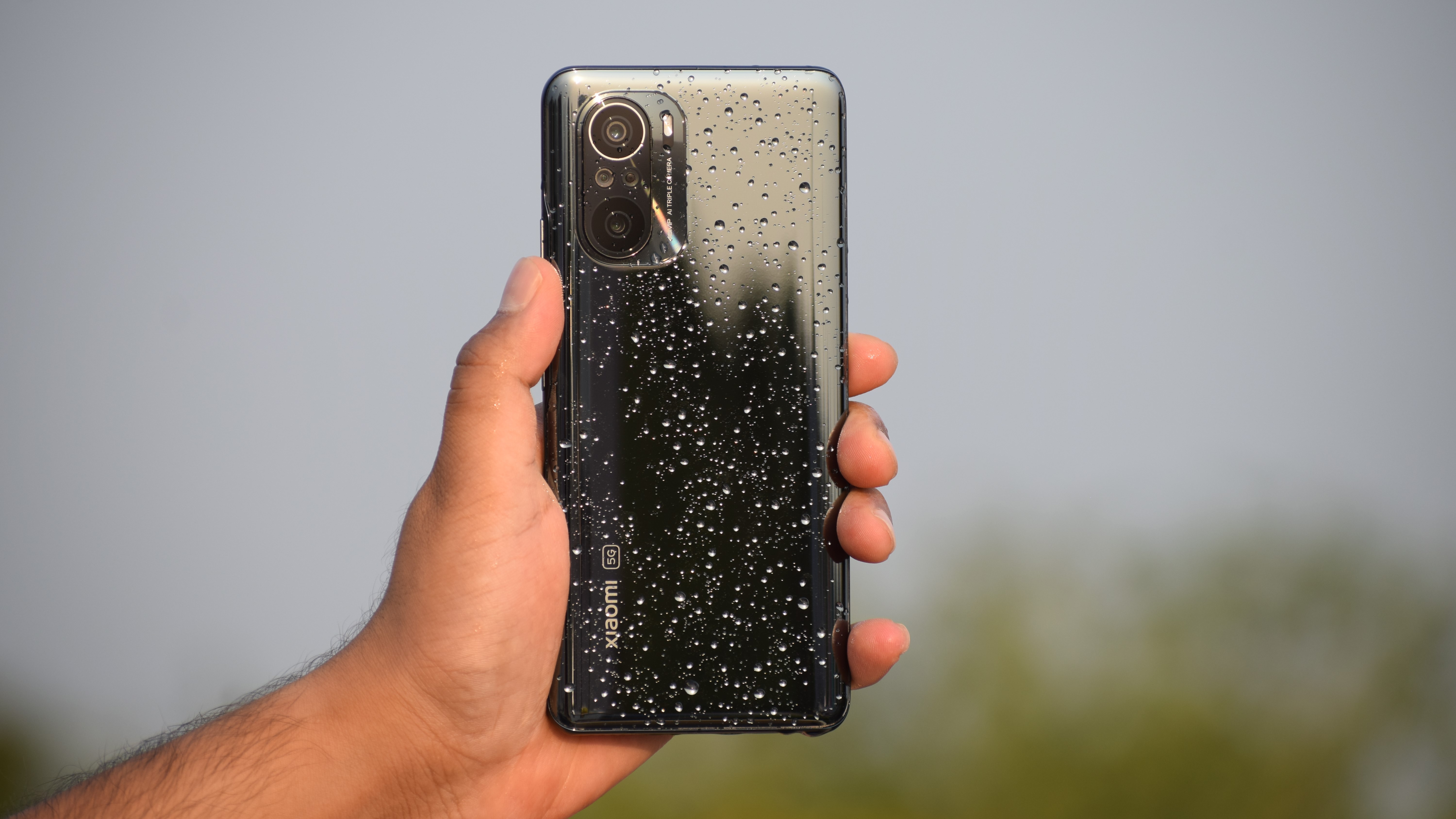
It looks like Xiaomi has once again pulled off a winner with the Mi 11X, but this time in the mid-range segment to take on the likes of Google Pixel 4A, Realme X7 Pro, and iQoo 7. The display is excellent on the Mi 11X and the performance is smooth as well. There are only a couple of alarms that you need to worry about for now as the phone tends to heat up quite a bit and the battery life is also just average.
Stay tuned for our full review to know if it is as good as it seems in our initial testing.
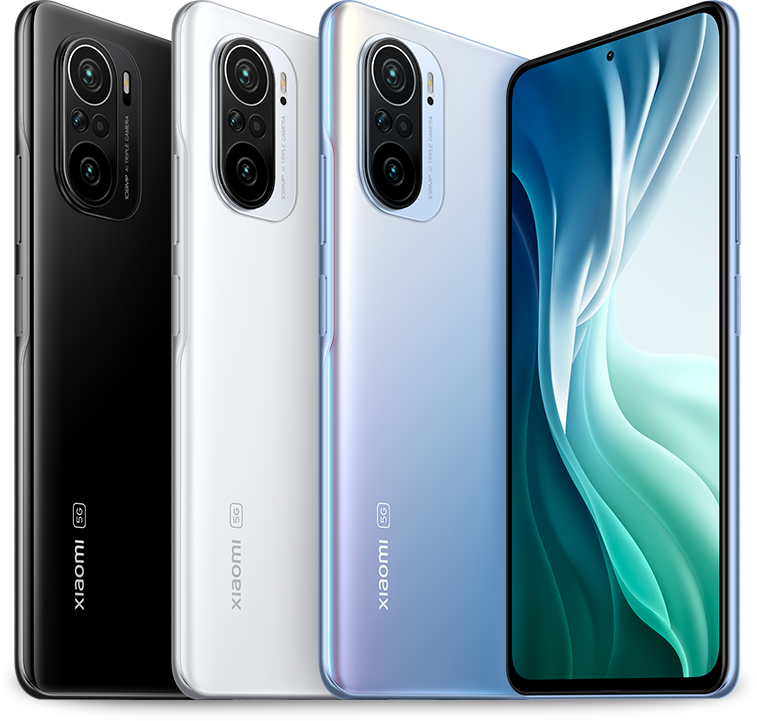
0 comments:
Post a Comment